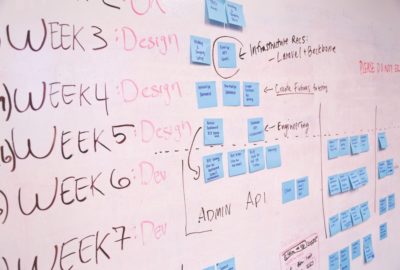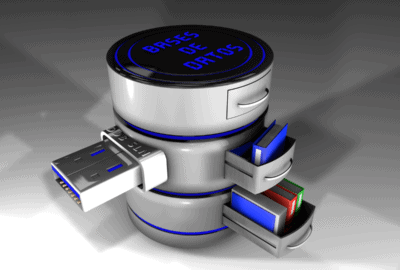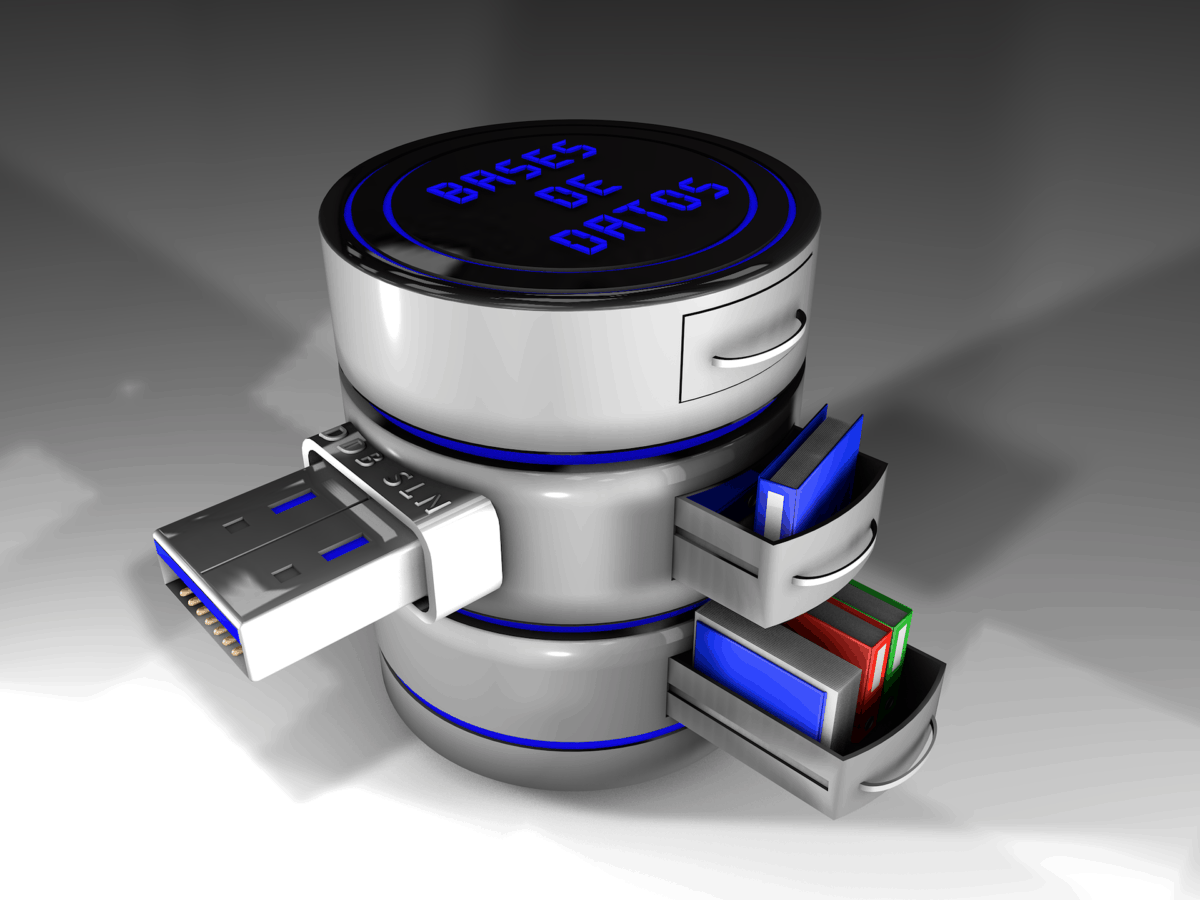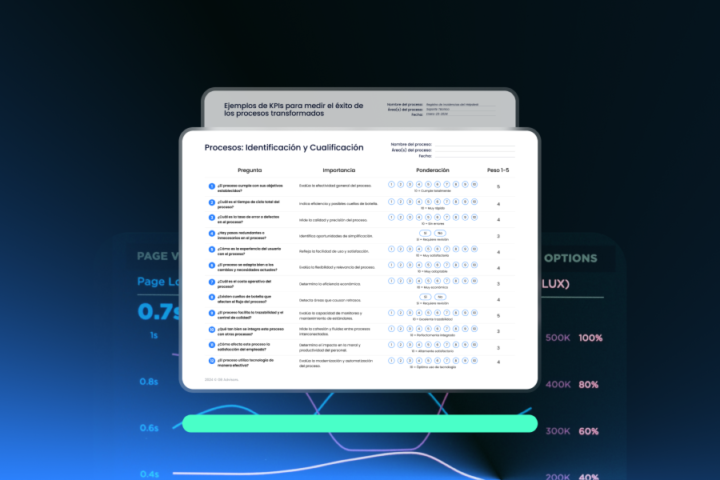 Configuration Management DataBases (CMDBs) is a term coined by ITIL to describe the elements related to asset collections (tangible/intangible) and their interdependence in IT.
Configuration Management DataBases (CMDBs) is a term coined by ITIL to describe the elements related to asset collections (tangible/intangible) and their interdependence in IT.
On Wikipedia, we find this expanded information:
CMDB is a repository that acts as a data warehouse for information technology (IT) installations. It holds data relating to a collection of IT assets (commonly referred to as configuration items (CI)), as well as to descriptive relationships between such assets. When populated, the repository provides a means of understanding:
- the composition of critical assets such as information systems
- the upstream sources or dependencies of assets
- the downstream targets of assets
In practical terms, enterprises need CMDBs for asset discovery, their state and the way they interact with other entities. Hence, the vital importance of regulations for properly integrating assets with complex elements from different natures – such as systems, services, products, software, facilities, and human resources.
As CMDB is a foundational component for enterprise management and business intelligence; experts recommend to properly configure them under ITIL framework. Then, the right question is, how to make it?
Key success factors for ITIL compliant CMDBs
 Although there are as many ways to configure CMDBs as specialists on CMDBs are; there are some key success factors to properly do it under ITIL guidance. Here we have some premises we recommend you to apply to configure awesome and efficient CMBDs:
Although there are as many ways to configure CMDBs as specialists on CMDBs are; there are some key success factors to properly do it under ITIL guidance. Here we have some premises we recommend you to apply to configure awesome and efficient CMBDs:
- Define the scope of your CMDBs.
- Identify the data source formats (log files, reports, CSV, XML, WS, database, log file).
- Develop an integrated methodology with logic groups of information related to fulfill the business objectives.
- Add Configuration Items (CIs) as necessary.
- Discriminate business-relevant information from nonessential data.
- Map & run a pilot CMDB before running the actual one in your IT infrastructure.
- Solving problems is the starting point to establish CMDBs logic structures.
- CMDBs and discovery technology must use the same conventions for CIs.
- The experts in CMDBs are the only responsible for their configuration, and in such terms, they own all the data they process.
- Is advisable to count on more than one CMDB expert for your IT department. Same, we strongly recommend to set limits regarding ongoing support processes for every expert.
- CMDBs is a common and shared source of information. It holds and compiles almost every function of IT department, and is fundamental in change management processes.
- As changes and problems come along with their correspondent solutions, CIs must be updated in our CMDBs. Experts are the only authorized personnel to carry out and upload such changes with their correspondent attributes, views, events and relationships.
- Recycle views and maps as standard set of use for new CMDB projects.
- Employ automated discovery systems for research and detect changes in your CIs and assets.
- Use cases support every process for your CIs while relationship mappings and modeling takes care of their interactions.
Other recommendations (or what to avoid when configuring your CMDBs):
Avoid believing your CMDBs are multi-tasking djinns…
CMDBs are not entities that pop out just by conjuring them at your device; so, do not assume they will automatically emerge from your PC. In other words, counting on cutting-edge technology is as as important as hiring the right experts to design, create and manage them out.
…Or wizards
By the same token, your CMDB will be as accurate as your data quality is. Then, do not expect that it will produce the best results magically even if your data quality has core problems, or isn’t sufficient. In such regard, 97% of accurate data is the ‘magic’ number to run efficient CMDBs. Solution? Q&A processes to compile the correct data and purge unnecessary elements from your CIs before running them.
And speaking about the devil…
Overloading your CIs with too much information is a common mistake that compromises your CMDBs. Discretion is the best measure regarding data loading to assure your CMDBs run smoothly. Again, information modeling will result in good elements to rule your IT instances.
 Successful CMDBs’ remains on the combination of four major elements: Counting on the right human resource to compile and manage the right data with the correct tools for following a series of planned steps leaded to modeling a business-focused information CMDB.
Successful CMDBs’ remains on the combination of four major elements: Counting on the right human resource to compile and manage the right data with the correct tools for following a series of planned steps leaded to modeling a business-focused information CMDB.
Implementing CMDBs is similar to going on a trip: You need to set up every single aspect before packing your suitcases and actually going out. Keeping this in mind will prevent your IT teams from bite off more than they can chew.
If you need the best combination of experience, right tools and availability for modeling ITIL compliant CMDBs, check what we have for helping you achieving this necessary goal.



